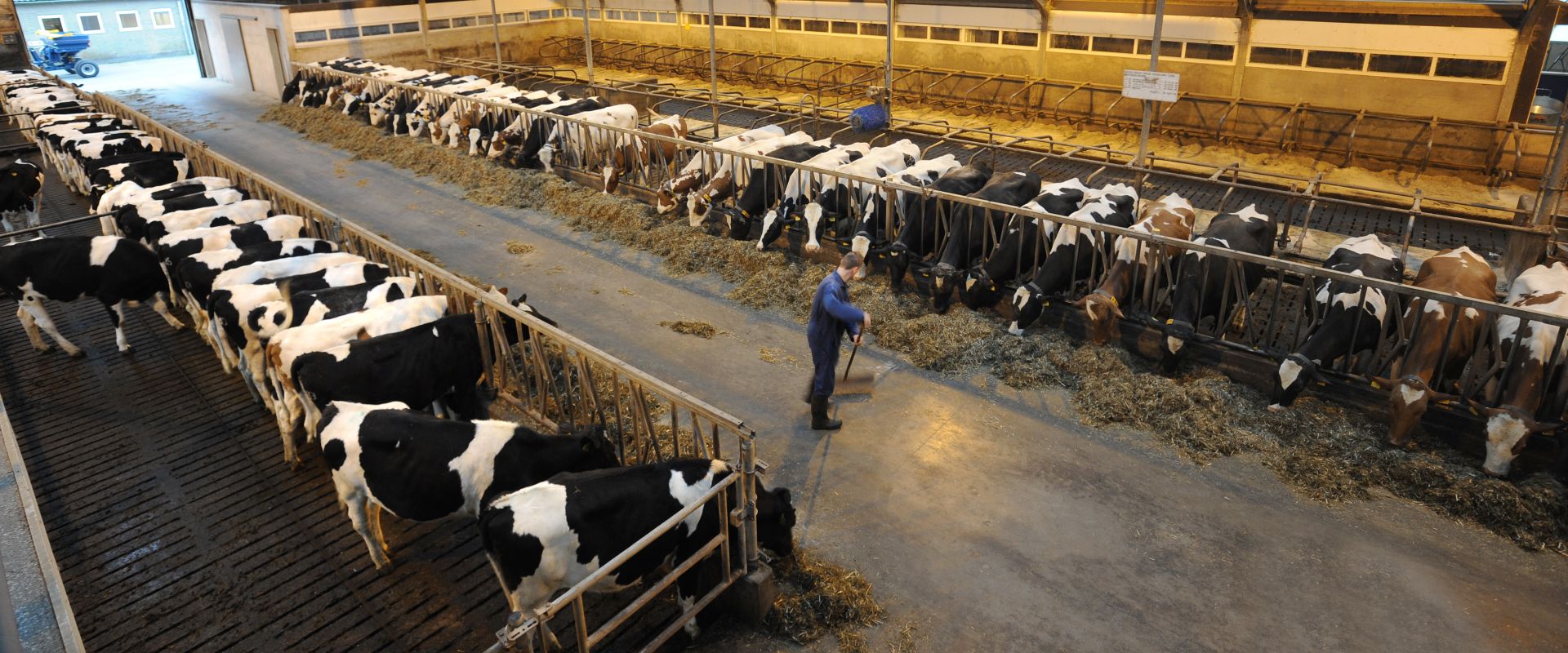Is Dairy Farming Cruel to Cows?
Is Dairy Farming Cruel to Cows?
A small group of animal welfare scientists is seeking answers to that question. Facing a growing anti-dairy movement, many farmers are altering their practices.
SCHODACK LANDING, N.Y. — The 1,500 Jersey cows that Nathan Chittenden and his family raise in upstate New York seem to lead carefree lives. They spend their days lolling around inside well-ventilated barns and eating their fill from troughs. Three times a day, they file into the milking parlor, where computer-calibrated vacuums drain several gallons of warm milk from their udders, a process that lasts about as long as a recitation of “The Farmer in the Dell.”
Mr. Chittenden, 42, a third-generation dairy farmer whose family bottle-feeds each newborn calf, expresses affection for his animals. It’s a sentiment they appeared to return one recent afternoon as pregnant cows poked their heads through the enclosure to lick his hand.
“I’m in charge of this entire life from cradle to grave, and it’s important for me to know this animal went through its life without suffering,” he said, stroking the head of one especially insistent cow. “I’m a bad person if I let it suffer.”

Is Dairy Farming Cruel to Cows?
Animal rights activists have a markedly different take on farms like Mr. Chittenden’s that satiate the nation’s appetite for milk, cheese and yogurt. To them, dairy farmers are cogs in an inhumane industrial food production system that consigns these docile ruminants to a lifetime of misery. After years of successful campaigns that marshaled public opinion against other long-accepted farming practices, they have been taking sharp aim at the nation’s $620 billion dairy industry.
Some of their claims are beyond dispute: Dairy cows are repeatedly impregnated by artificial insemination and have their newborns taken away at birth. Female calves are confined to individual pens and have their horn buds destroyed when they are about eight weeks old. The males are not so lucky. Soon after birth, they are trucked off to veal farms or cattle ranches where they end up as hamburger meat.
The typical dairy cow in the United States will spend its entire life inside a concrete-floored enclosure, and although they can live 20 years, most are sent to slaughter after four or five years when their milk production wanes.
“People have this image of Old MacDonald’s farm, with happy cows living on green pastures, but that’s just so far from reality,” said Erica Meier, the president of the activist organization Animal Outlook. “Some farms might be less cruel than others, but there is no such thing as cruelty-free milk.”







